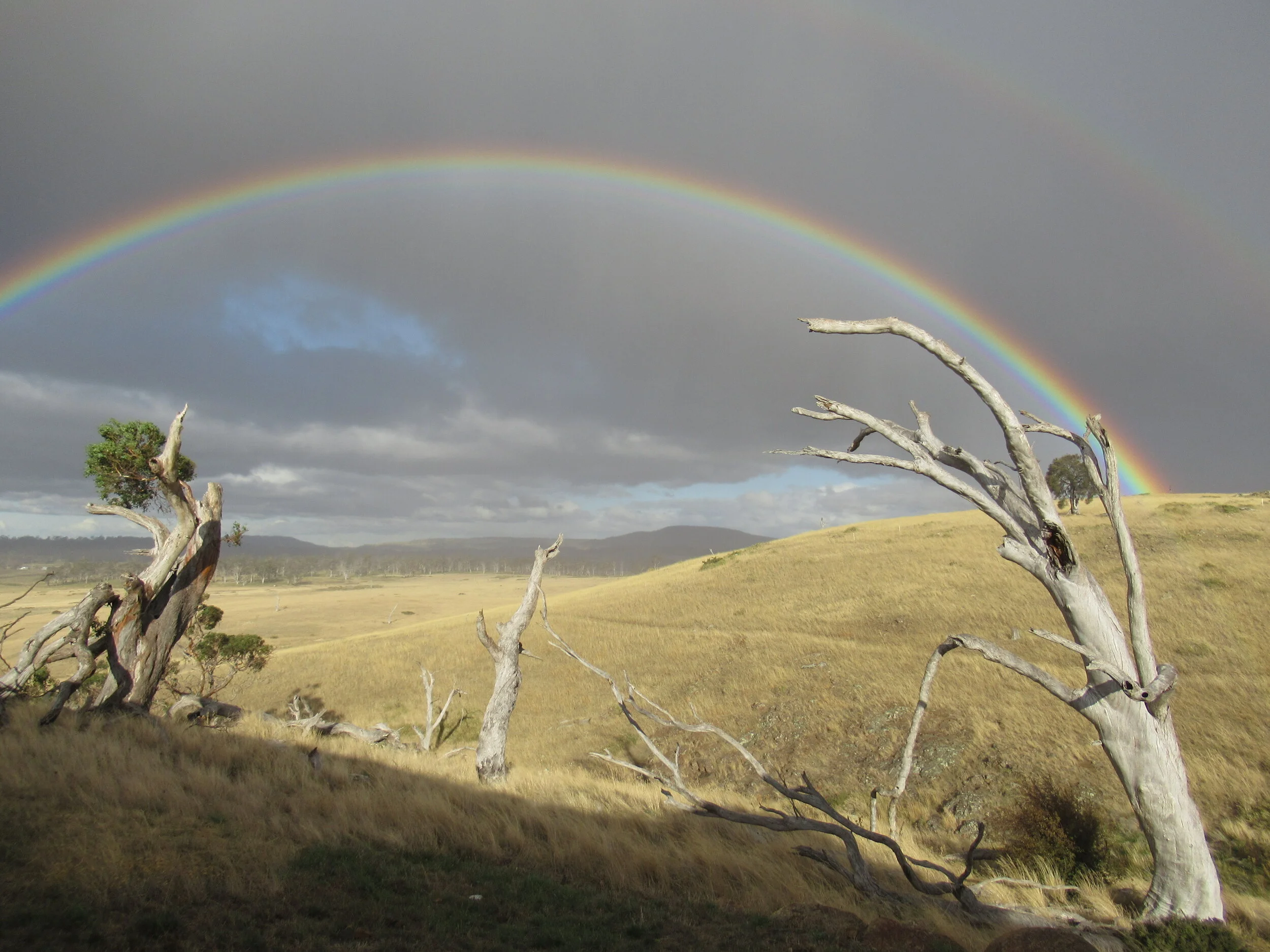For at least a couple of years, I’ve been convinced that my flock is locally adapted to their home. The term “locally adapted” is not just rhetoric, it has a specific meaning in the context of animal behaviour. Locally adapted animals know how to thrive in their environment—where to find shelter, water, and the plants they need to stay healthy. Babies absorb nutritional knowledge in the womb from their mamas’ food choices, and hit the ground already attuned to the forages they will need as they grow.
Enjoying briar rose hips
Because plant diversity is distributed in patches across the property, finding the plants they need is the biggest challenge the sheep face in becoming locally adapted. I’ve been actively shepherding the flock for six years, taking them to every corner of the property many times. Through that experience, the sheep have learned—as individuals—what plants can be found where, which they prefer and when.
The same individual animals are in the flock year after year, as I keep all the sheep for their natural lifetimes, reinforcing the knowledge gained from our shepherding adventures and transforming it into grazing wisdom, the primary building block of local adaptation.
Freddie and Zac browsing in a tree reserve
For a while now, they’ve been ready to solo, but I haven’t been quite able to bring myself to trust them and get out of their way. Over the last three years I’ve given them successively larger chunks of the property to graze at a time, but still restrained them from grazing elsewhere when the calendar dictated they should be in a particular grazing area. Also, I’ve persisted in interfering with their grazing patterns by imposing my own prejudices about where they should be eating on a day when I have time to go shepherding.
The net result hasn’t been bad, but it also hasn’t been as natural and effective as it could be. I’ve been conscious for several months that my best efforts to shepherd still don’t mimic the natural forward movement of the flock. In short, I’m often in their way.
So, I’m doing the final exam experiment—as of May 14th, the flock has access to all of the property with only a few small exceptions, mostly tree-reserves that are not mature enough to stand up to serious browsing. I won’t be actively shepherding, but I will be noting their movement patterns. I’ll also be checking in to say hi and make sure everyone is okay two or three times a week. But I don’t want to steer them in any particular direction—I want to find out if they are really, truly locally adapted.
One of my excuses for the status quo is that it’s nice to have a section of the property where I can be confident that when I run the dogs we aren’t going to tangle unexpectedly with a flock of sheep. Years ago, I was scarred for life by an episode in which someone who will remain nameless left about 20 sheep behind in a paddock where I routinely ran dogs. At the time, I was breeding and selling dogs, and I had 14 mostly young, mostly untrained dogs.
The result was truly chaotic, and took me what seemed like forever to bring back to order. The 4 oldest dogs were willing to be called off, and chained up to my 4-wheeler. That used up all the chains I had. The remaining 10 were all trying to gather the 20 sheep at the same time, to no good effect. I ended up letting them swirl around the sheep with me in the middle, while I backed slowly to the nearest gate. The sheep and I were able to slither through the gate, leaving the dogs behind, but it was a close thing. Happily, no one was hurt. But I vowed at the time that I would ensure flocks of sheep and packs of dogs were separated at all times by secure fences.
Blaze, Joker and Pearl cooling off during a big run.
Now I only have 4 dogs (Pearl, Joker, Jax and Blaze), all between the ages of 7 and 8, and all trained to be recalled. Well, except Blaze who simply can’t resist chasing anything that moves. Her idea of shepherding is to push them away from me at high speed. I expect at some point she’ll take off after the flock, probably when Jax barks and sets them moving, and I’ll have to chase her down. But it’ll be worth the price to prove to myself that the flock really has developed nutritional wisdom and is genuinely adapted to its local environment.




